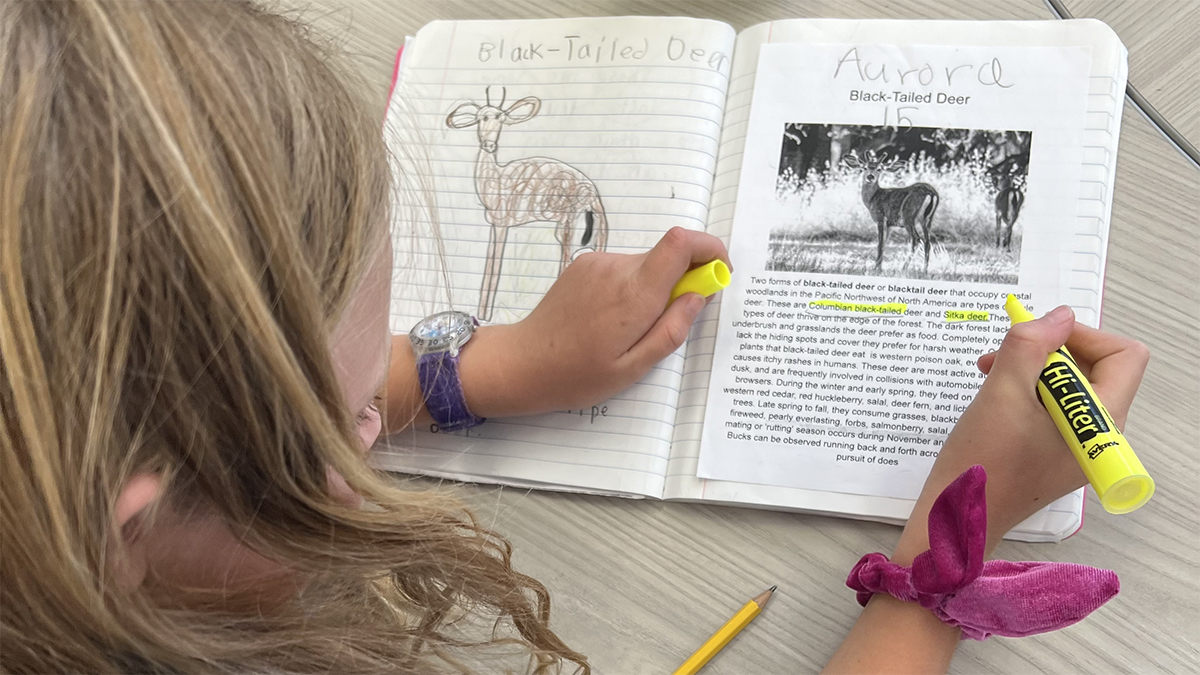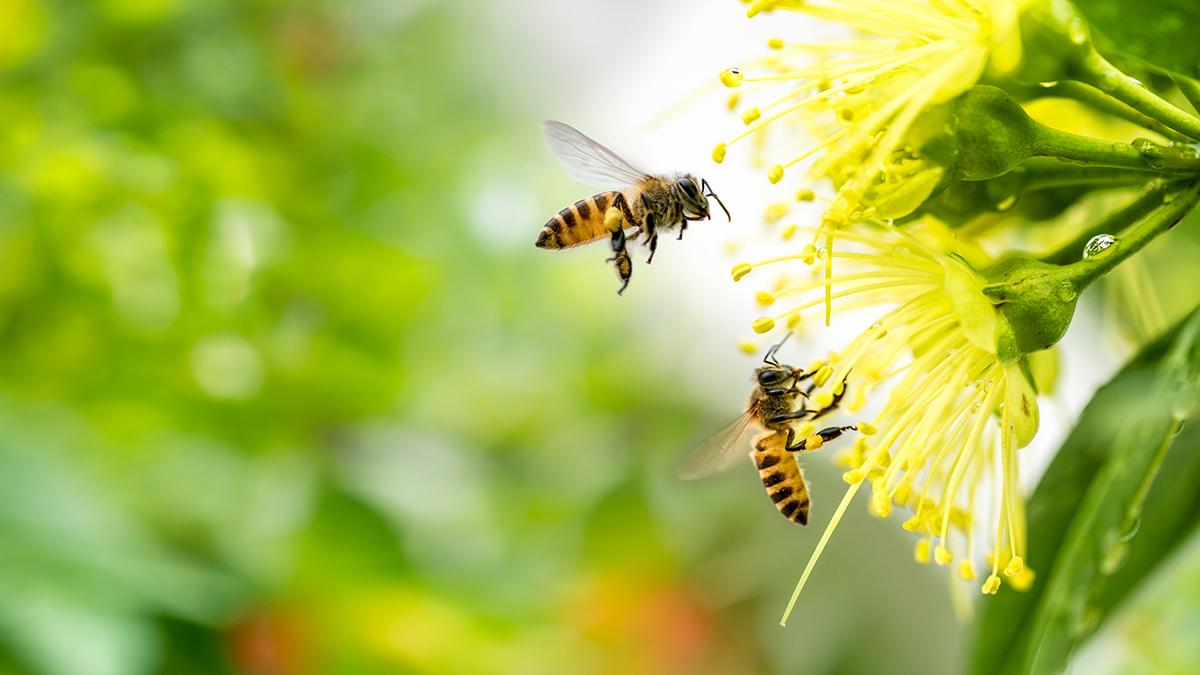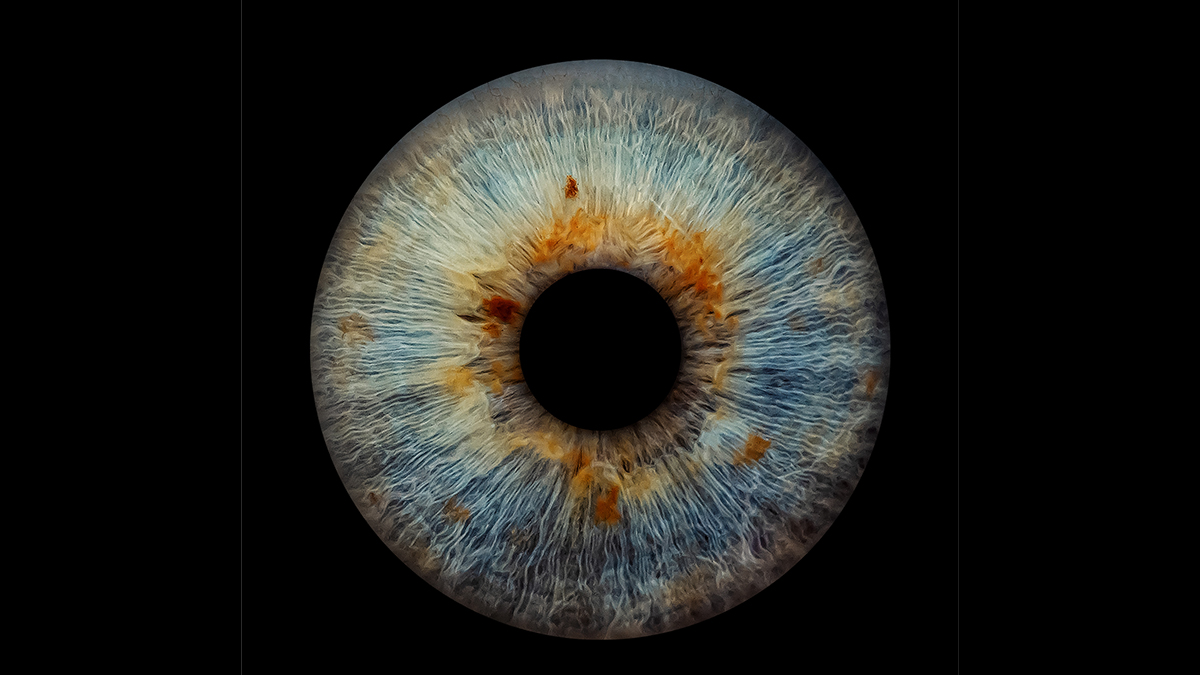WI24: Designing Equitable, 3D, Curriculum-Anchored Assessments: Topic Study for K-12 Teachers
Do you want to design an engaging, three-dimensional assessment that you can use in your classroom that is connected to your instructional materials and coherent from the perspective of your students?
Do you want to design an engaging, three-dimensional assessment that you can use in your classroom that is connected to your instructional materials and coherent from the perspective of your students?
Do you want to design an engaging, three-dimensional assessment that you can use in your classroom that is connected to your instructional materials and coherent from the perspective of your students?
Do you want to design an engaging, three-dimensional assessment that you can use in your classroom that is connected to your instructional materials and coherent from the perspective of your students?
Do you want to design an engaging, three-dimensional assessment that you can use in your classroom that is connected to your instructional materials and coherent from the perspective of your students?






